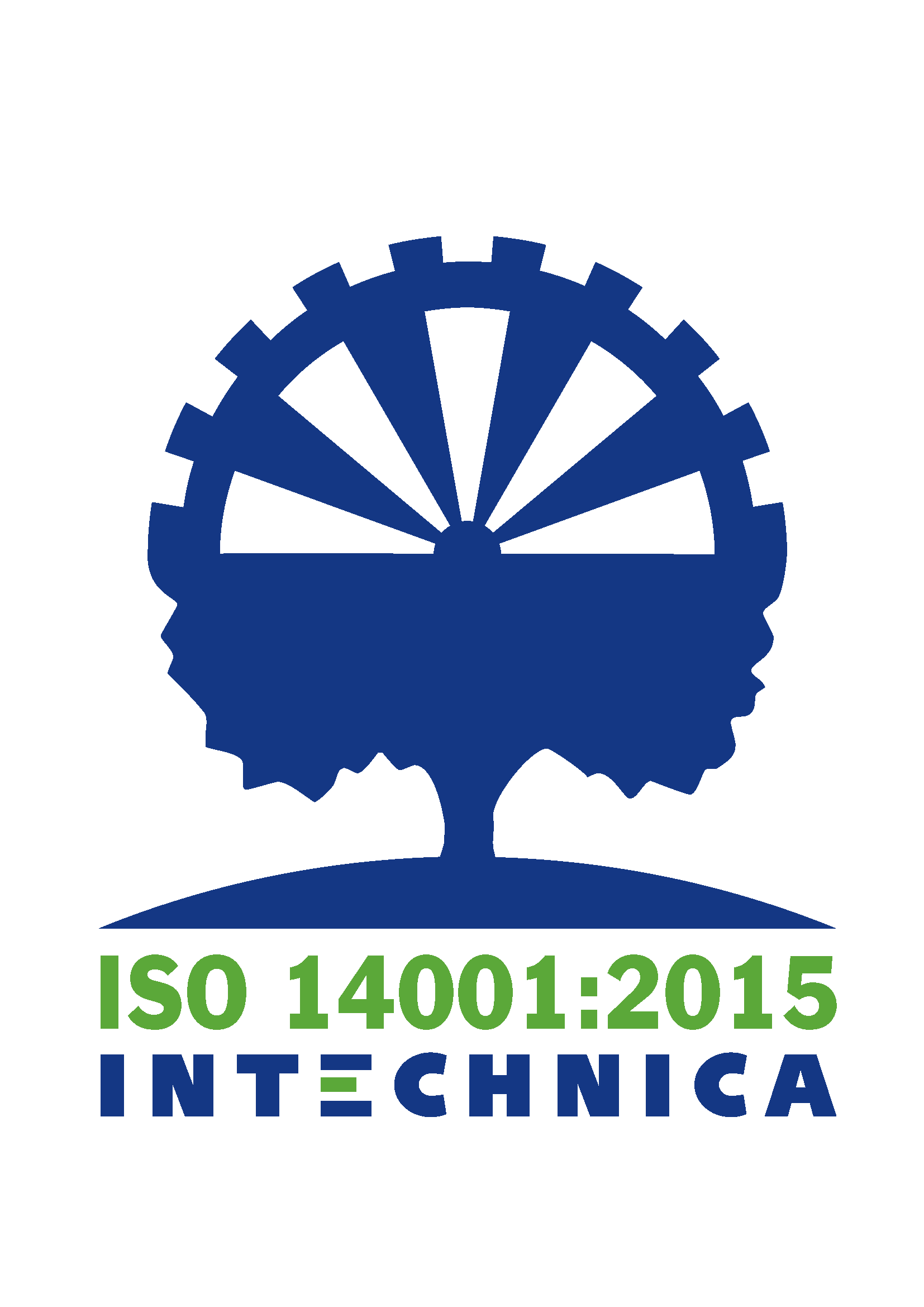Spiral springs are widely used due to their flexibility and resilience. They are particularly well-suited for applications where even force distribution is required, such as in the automotive industry. With their ability to handle shock loads, they’re ideal for use in vehicle dampers and shock absorbers. Additionally, they offer precise force regulation and can be accommodated in tight spaces.
In contrast, compression springs provide efficient return force, proving their worth in applications requiring linear motion, such as in mechanical valves or clamping systems. Their compact build and high resilience make them a popular choice in the household appliances industry and many other sectors.
While both types of springs have their specific advantages, considering the individual requirements of each application is crucial to make the optimal choice. This article will delve into the advantages and disadvantages of spiral springs and compression springs in various industries.
Advantages of Using Spiral Springs
Spiral springs offer numerous advantages, making them a popular choice across various industries. One of the main benefits is their flexibility. Due to their spiral structure, they can easily adapt to different loads and movements, making them ideal for applications requiring even force distribution, such as in the automotive industry. Spiral springs can absorb shock loads, thus extending the lifespan of vehicle dampers and shock absorbers. Moreover, they provide precise force regulation, beneficial in many applications.
Another advantage of spiral springs is their compact design. Their spiral structure allows them to be accommodated in tight spaces without compromising performance. This makes them ideal for applications with limited available space. Additionally, they are typically lighter than other types of springs, reducing overall weight and energy consumption.
Lastly, spiral springs offer high resistance to fatigue and wear. Their design ensures long lifespans and high operating times, crucial in applications subjected to heavy loads, such as in heavy industry. The high resistance to fatigue and wear makes spiral springs a reliable choice across multiple industries.
Disadvantages of Using Spiral Springs
Despite the many advantages spiral springs offer, there are also some drawbacks to consider when using them. One of the main disadvantages is their limited spring force. Due to their spiral structure, spiral springs can only generate a limited amount of force. This can be an issue in applications requiring high spring force, where other types of springs, such as compression springs, might be better suited.
Another drawback of spiral springs is their limited stiffness. Due to their spiral structure, they might not be as stiff as other types of springs. This can pose problems in applications requiring high stiffness. In such cases, other types of springs should be considered to achieve the desired stiffness.
Lastly, due to their spiral structure, spiral springs might pose challenges in terms of assembly and disassembly. Their complex shape might make it difficult to position and secure them properly, potentially adding time and cost to installation and maintenance. In such cases, other types of springs allowing easier assembly and disassembly should be considered.
Applications of Spiral Springs in Various Industries
Spiral springs find applications in many industries due to their diverse advantages. One area where they are frequently used is the automotive industry. They’re employed in vehicle dampers and shock absorbers to absorb shock loads and ensure even force distribution. Additionally, spiral springs are utilized in various other sectors, such as heavy industry, mechanical engineering, and aerospace. Their flexibility, precise force regulation, and high resistance make them a popular choice across multiple industries.
Advantages of Using Compression Springs
Compression springs offer various advantages, making them a preferred choice in many industries. One of the main advantages is their efficient return force. Compression springs are designed to perform linear motion and generate efficient return force, making them ideal for applications requiring linear motion, such as in mechanical valves or clamping systems. Their return force allows precise control and regulation of linear motion.
Another advantage of compression springs is their compact design. Due to their linear structure, they can be accommodated in tight spaces without compromising performance. This makes them suitable for applications with limited available space. Additionally, they are typically lighter than other types of springs, reducing overall weight and energy consumption.
Compression springs also offer high resistance to fatigue and wear. Their design ensures long lifespans and high operating times, essential in applications subjected to heavy loads, such as in heavy industry. The high resistance to fatigue and wear makes compression springs a reliable choice across various industries.
Disadvantages of Using Compression Springs
Despite the many advantages of compression springs, there are also some drawbacks to consider when using them. One of the main disadvantages is their limited flexibility. Compared to spiral springs, compression springs are less flexible and might not adapt as easily to different loads and movements. This can be an issue in applications requiring high flexibility, where other types of springs, such as spiral springs, might be more suitable.
Another drawback of compression springs is their limited force regulation. Unlike spiral springs, which allow precise force regulation, compression springs can generate only a limited amount of force. This can be problematic in applications requiring precise force regulation. In such cases, other types of springs should be considered to achieve the desired force regulation.
Lastly, due to their linear structure, compression springs might pose challenges in terms of assembly and disassembly. Their complex shape might make it difficult to position and secure them properly, potentially adding time and cost to installation and maintenance. In such cases, other types of springs allowing easier assembly and disassembly should be considered.
Applications of Compression Springs in Various Industries
Compression springs find applications in many industries due to their diverse advantages. One area where they are frequently used is the household appliances industry. They are employed in various devices such as printers, washing machines, and other household appliances. Their efficient return force and high resistance make them an ideal choice in this sector. Additionally, compression springs are used in various other sectors, such as mechanical engineering, medical technology, and the electronics industry. Their compact design and high resistance to fatigue and wear make them a popular choice in various industries.
Factors to Consider When Choosing Between Spiral Springs and Compression Springs
When choosing between spiral springs and compression springs, various factors should be considered. One of the key factors is the application. Each application has specific requirements for the spring, such as required force, movement, or space limitations. Understanding these requirements and selecting the type of spring that best fits is crucial.
Another factor to consider is the environment in which the spring will be used. Some types of springs might be better suited for certain environmental conditions than others. For example, spiral springs might be more susceptible to corrosion due to their spiral structure. In such cases, other types of springs offering better corrosion resistance should be considered.
Lastly, the cost factor should also be taken into account. Spiral springs and compression springs have different cost structures, depending on factors such as material, manufacturing, and size. It’s important to consider costs in relation to the application’s requirements to make the most economical choice.









Leave A Comment